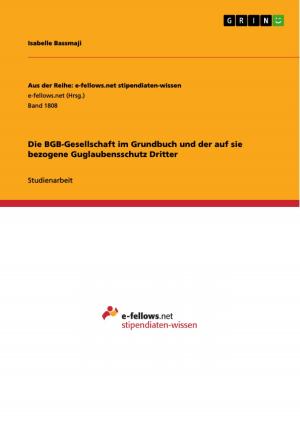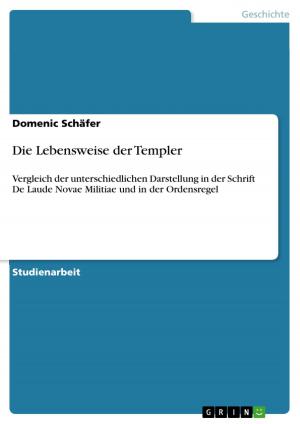| Author: | Christine Langhoff | ISBN: | 9783638870191 |
| Publisher: | GRIN Verlag | Publication: | December 4, 2007 |
| Imprint: | GRIN Verlag | Language: | English |
| Author: | Christine Langhoff |
| ISBN: | 9783638870191 |
| Publisher: | GRIN Verlag |
| Publication: | December 4, 2007 |
| Imprint: | GRIN Verlag |
| Language: | English |
Essay from the year 2003 in the subject Biology - Evolution, grade: 1, Oxford Brookes University, 4 entries in the bibliography, language: English, abstract: Prosimians are a suborder of primates and include lemurs, lorises and tarsiers. Although specialised in many respects, living prosimians generally retain more primitive features than do anthropoids (the other suborder of primates); and in many aspects of teeth, skulls and limbs, they reserve a morphology similar to that found in primates of the Eocene epoch, 50 to 40 million years ago. These primitive features have led many scientists to believe that the study of prosimian behaviour might give us some insights into the behaviour of ancestral primates and primate origins. I am going to explore what has been the major 'classic' interpretation of the behaviour of the earliest primates in terms of activity rhythm, locomotion and social behaviour based on the study of modern prosimians and how more recent studies have changed our views on these. Further I am going to explore the major contending views for ecological factors that brought about prosimian origins.
Essay from the year 2003 in the subject Biology - Evolution, grade: 1, Oxford Brookes University, 4 entries in the bibliography, language: English, abstract: Prosimians are a suborder of primates and include lemurs, lorises and tarsiers. Although specialised in many respects, living prosimians generally retain more primitive features than do anthropoids (the other suborder of primates); and in many aspects of teeth, skulls and limbs, they reserve a morphology similar to that found in primates of the Eocene epoch, 50 to 40 million years ago. These primitive features have led many scientists to believe that the study of prosimian behaviour might give us some insights into the behaviour of ancestral primates and primate origins. I am going to explore what has been the major 'classic' interpretation of the behaviour of the earliest primates in terms of activity rhythm, locomotion and social behaviour based on the study of modern prosimians and how more recent studies have changed our views on these. Further I am going to explore the major contending views for ecological factors that brought about prosimian origins.















